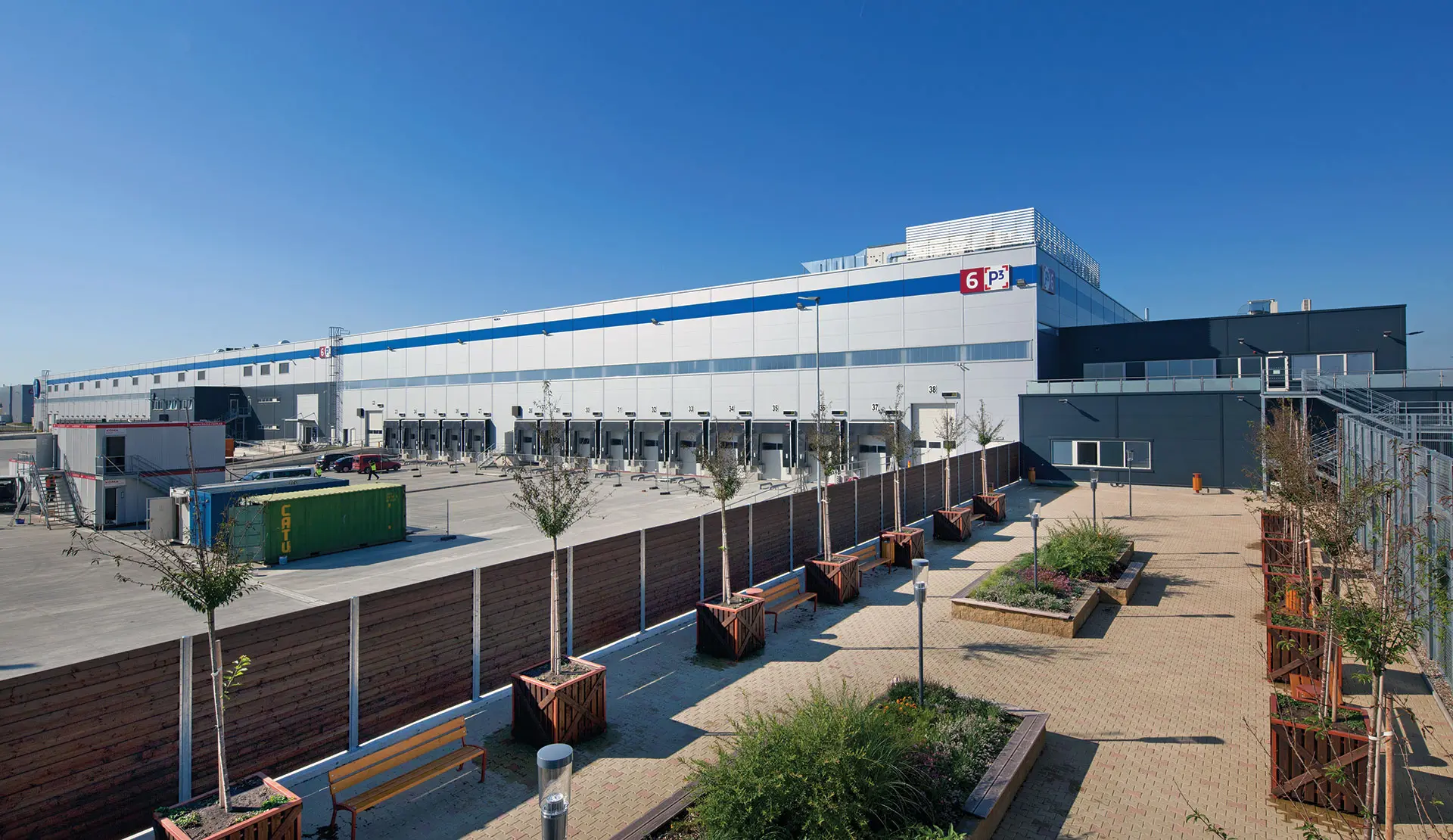

Industrial and logistical parks are much more than warehouses and access roads; today much of the land is covered in vegetation. Green areas account for a large proportion of the land in P3's portfolio. Every P3 construction project includes the planting of trees, both within the parks and in their vicinity. As a long-term proponent of green solutions in its industrial parks, P3 knows that attention must be paid not only to the needs of its customers, but also to the comfort of the people living in the surrounding communities and municipalities. Studies have shown that a greener, more pleasant work environment boosts employee productivity and improves overall brand image of the park.
In line with its nature conservation commitments, the industrial developer has planted close to one thousand trees near Prague’s busiest thoroughfare and the P3 Prague D1 park. Following a consultation with the Říčany Department of Environment, P3 assisted with the building of a protective biotope. In addition to cultivating local vegetation, the effort included cleaning the bed of an adjacent creek and planting climbing plants on the park's fence, which also assisted in creating a noise-reducing barrier.
Nature and nurture
"We always do our best to ensure that our parks and their vicinity have a natural character. For example, you won't see Japanese sakuras in P3's parks in the Czech Republic – they are beautiful, but they would make no sense in a facility on the outskirts of Prague. Likewise, we won't plant an alley of trees in an enclosed park, where people cannot go to enjoy them," explained Tomáš Kubín, P3's Head of Construction for Central and Eastern Europe.
Thanks to its responsible attitude, P3 often goes beyond legal requirements and consults with local residents and municipal governments. An example of such a solution is the P3 park adjacent to the D11 motorway, where numerous suggestions were made by the local Department of Environment and residents from nearby municipalities, including the construction of an apiary with several beehives. "We liked the idea of beehives very much but, in the future, we will opt to provide long-term support to local beekeepers instead of building apiaries which, to be honest, is not P3's forté," added Kubín. On the contrary, P3's forté is installing new technologies in warehouses. "A so-called ‘Ecolab’ will be built at P3 Prague D11, where we will test and demonstrate various sustainable-growth solutions that can be implemented into our warehouses," explained Kubín. Once the park is completed, a copious amount of vegetation will be planted to improve the park's appearance from the outside. P3 is currently testing the option of using climbing plants growing on the façades.
And don’t forget the butterflies
Another unique feature of the P3 Prague D11 park is its unconventional concept of green areas. After construction work is completed, a butterfly field will be created in open areas. A butterfly field contains a mixture of grass and wildflowers, which provide an ideal habitat for butterflies because the field is mowed only twice a year. In addition, the field maintains the natural appearance of the surrounding landscape.
In the same vein, local communities benefit from the ecological design of a number of P3's industrial parks. An example is the land surrounding P3 Prague D8, where a polder has been built to hold as much as 40,000 m3 of water in the event of a flood. The polder protects both the park and the adjacent municipalities. Likewise, a system of retention and absorption reservoirs will be built near P3's park in Lovosice to allow all rainwater to be absorbed into the soil at the site of its fall. Together with warehouses, an embankment is being built in the park, where vegetation will be planted in the future to allow the facility to merge seamlessly with the surrounding area.